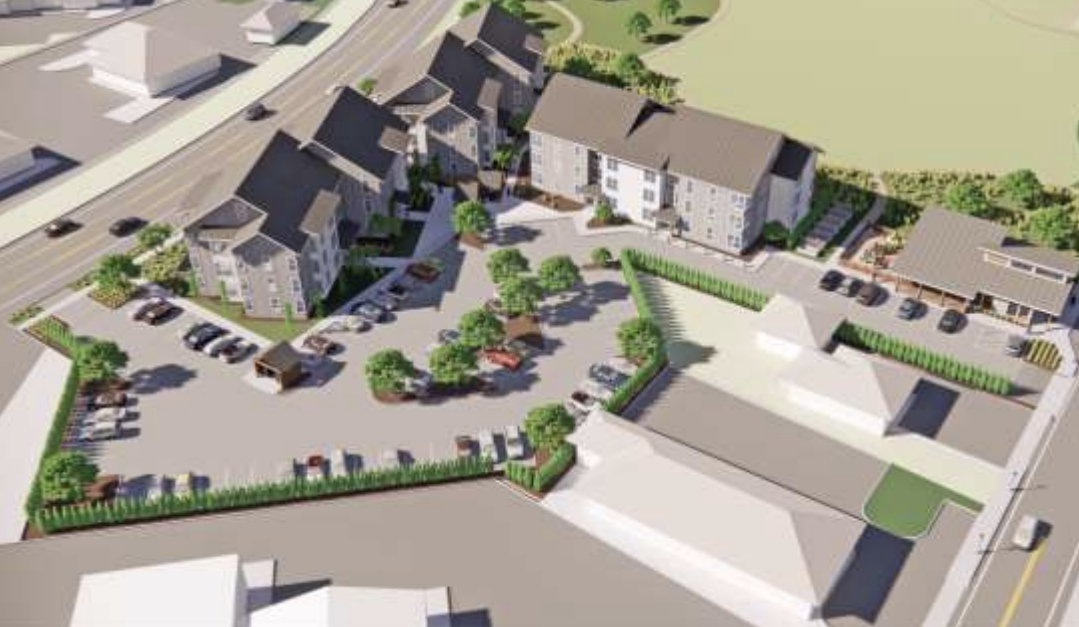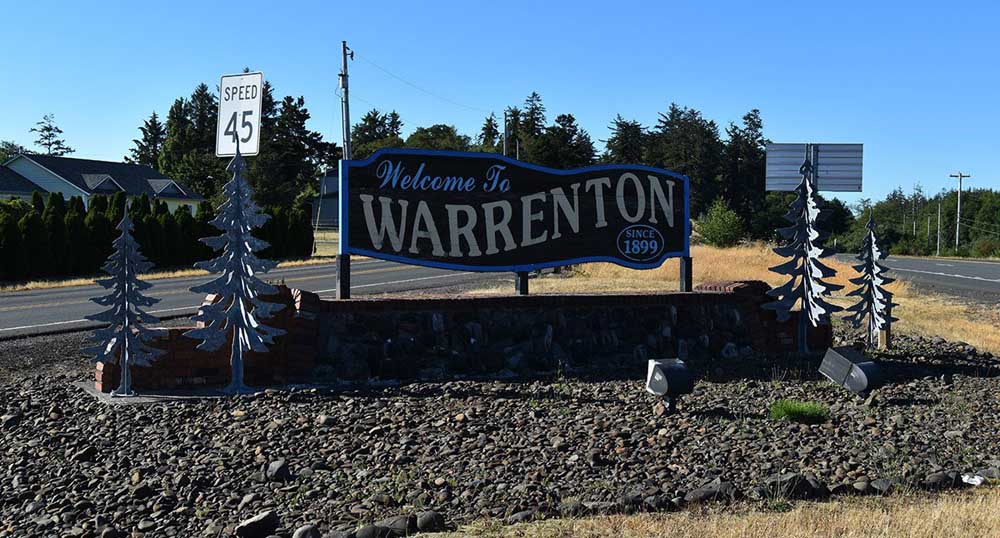Pakistan: Mapping The Unknown
Published 4:00 pm Sunday, February 10, 2013
![]()
OPB photographer and web editor Michael Clapp recently returned from a two-week trip to Pakistan with six other American journalists as part of an exchange program sponsored by the International Center for Journalism. This is the first of five travelogues he will be writing about the trip for OPBNews.org.
For reading material on this trip I borrowed a book on the history of maps and mapmaking. Its ideas make a good metaphor for this adventure.
The best early maps were made not by explorers or traders but by those who stayed behind, usually in a port city or trade center, drinking with sailors and collecting stories from travelers. From these accounts they created an often vague, visual interpretation of the world.
At the start of this trip we spent two days in Washington D.C. doing just that.
We talked with those who had been to and studied Pakistan and from their accounts we tried to piece together our own map of the unknown.
Not a physical map but a map of ideas, a map of interests, a map of concerns, a map of desires.
At the State Department a timeline of the arc of U.S./Pakistani relations since 9/11 was charted out for us.
At the Brookings Institute Stephen Cohen outlined a broader history and in less diplomatic language told us of the nation and its challenges. “Pakistan is a nation rich in crisis,” Cohen concluded.
At the Embassy of the Islamic Republic of Pakistan we saw sketched the form of the Pakistan that diplomats represent to the leaders of the United States.
We talked with many and came away drained. We’d been stuffed with great insights and yet faced a growing expanse of ignorance.
My map began to form, but there were still vast areas that mapmakers of old filled with fanciful, fictional monsters and, as legend has it, the words “Beware, Here Be Dragons.”
As I flew out of Dulles, headed for Karachi, my map had a few scattered coastlines and trade routes that I felt might be important. Somewhere over the Atlantic I tried to etch them onto my digital parchment hoping to give them some permanent form.
Here are a few prominent features on that early map.
Our sources told us of a democracy in Pakistan that is still young and frail.
It has failed, thus far, to deliver on basics like dependable electricity, a strong economy and public safety.
State Department polling, (the methodology of which I do not know and therefore doubt) says Pakistanis consider the chief benefit of their budding democracy to be a free and objective press, one that is not controlled by the government.
This is a vital landmark for a journalist traveling to a country to talk with journalists about journalism. I hope it is not just a fable from an unreliable traveler but a solid headland I can build on.
Michael Clapp / OPB
Dr. Asad M. Khan is the Deputy Chief of Mission at the Pakistani Embassy in Washington D.C.
To some the great promise of democracy is not what it could bring for the future but that it could happen at all.
The gentle lilt of his Pakistani-accented English may have lightened the gravitas of his words when Dr. Asad M. Khan, Deputy Chief of Mission of the Pakistani Embassy told us “for the first time in our history we may have a democratic change of governments.”
The coastline of democracy, still rocky and plagued by shifting sands, began to take shape on my map.
There were troubling features on the map I was sketching — tales of Pakistan as a nation rife with conspiracy and corruption came from many sources. I already knew of Pakistanis who believed that Osama bin Laden was still alive and that the Abbottabad raid was just an American ploy.
Others told us of theories that the campaign to educate pregnant Pakistani women about the importance of iodine in their diet was a plot to make Muslims sterile. Likewise the push for polio vaccination is seen by many as a Western plot and workers giving out the vaccine have been threatened, even killed.
This could be in part the failure of a young media that is hungrily grasping for listeners, readers, viewers. Conspiracy sells, and it’s cheap to produce. The talk shows (in Pakistan we would hear them referred to as “shout fests”) that dominate the broadcast schedule live on a diet of unconfirmed rumor fueled by distrust of the West.
Conspiracy is also a convenient shield for a corrupt and ineffective government that is happy to divert the blame to others even in the absence of solid evidence.
Sadly the ones who lose in this conspiracy game are the Pakistanis.
When I confronted Stephen Cohen with the bin Laden lives idea he pointed out that the person who believes in the conspiracy is often more interesting than the conspiracy itself. “You must ask why he believes that. Perhaps he wants to believe that. “
As our D.C. days came to an end I found myself often wandering on the meandering coast of Why.
Why should we care about Pakistan at all?
Michael Clapp / OPB
Stephen Cohen is a Senior Fellow at the Brookings Institute where he conducts research on South Asian political and security issues.
We’d heard the negative reasons, the sticks that drive the American mule: Pakistan has nuclear weapons. Its neighbor and rival India also has nuclear weapons. It is a front line in the war on terrorism. It has a young, growing and under-educated Muslim population, vulnerable to extremism.
But I wanted a carrot. I wanted a good reason to give a damn about Pakistan.
Once again it was Stephen Cohen who gave me the best answer.
“Pakistan is a nation of 180 million people who want to live a better life. Anything we can do to help them should be reward enough.”
At last, a solid line on my map.
I have little faith in my map. Perhaps the early mapmakers had little faith in theirs. Perhaps that’s why they stayed home and drank with sailors.
On my final flight I find myself staring at the painfully precise map on the screen embedded in the seat back in front of me. It tells me I am 36,004 feet above the Arabian Sea, flying at 711 miles per hour toward Karachi. Karachi, where I will begin to test my map and find what lines I must erase and plot again and which ones I can pencil in firmer.
I want just such a precise map of Pakistan, but landing in Karachi at 3:30 in the morning jars the hand that draws my map like an earthquake jars the needle on a seismograph. It will swing wildly from side to side, from positive to negative, from safe to dangerous for the next two weeks.
But that is tomorrow’s story
This story originally appeared on Oregon Public Broadcasting.








